Hot Chips 31 Keynote Day 2: Dr. Phillip Wong, VP Research at TSMC (1:45pm PT)
by Dr. Ian Cutress on August 20, 2019 4:00 PM EST
04:41PM EDT - The keynote for the second day is from TSMC, with Dr. Phillip Wong taking the stage to talk about the latest developments in TSMC's research and portfolio. The talk starts at 1:45pm PT / 4:45pm ET.
04:42PM EDT - Everyone is coming back from lunch and we'll start in a few minutes
04:43PM EDT - This final session will have talks on TSMC, Gen-Z, TeraPHY, a break, then Intel Lakefield, Xeon Jintide, and Hololens 2.0 Silicon
04:47PM EDT - Dr. Philip Wong, VP of Corporate Research, in charge of new process technologies
04:48PM EDT - Spent 16 years at IBM, over 600 papers
04:48PM EDT - A talk about the technology, not about the products
04:49PM EDT - Moore's Law, from 1971 to 2017
04:49PM EDT - Moore's Law is about density
04:49PM EDT - Moore's original paper
04:50PM EDT - Density matters because it's the primary driving force for high performance logic
04:50PM EDT - Density is still on the same log trajectory on a log linear plot
04:50PM EDT - Even to 2020
04:51PM EDT - Moore's Law is a live and well. Who said it was dead? Density is increasing, and will increase
04:51PM EDT - New attributes are being requested, like clock speed or efficiency, which Moore's Law doesn't care about
04:52PM EDT - Density is still king - memory, cores, accelerators
04:52PM EDT - Wire delay with the best transistors means nothing without density
04:52PM EDT - N7
04:53PM EDT - Worlds First 7nm
04:53PM EDT - N5(P) is next, using EUV extensively, already in risk production
04:53PM EDT - Then N3
04:54PM EDT - The number used to mean something about the features. Now they are just numbers, like car model numbers
04:54PM EDT - Do not confuse the name of the node with the tech actually offered
04:55PM EDT - FinFET fins, atoms are easily countable now
04:55PM EDT - 2D dimensional scaling is slowly becoming limited due to atom count
04:56PM EDT - But finfet size is not the only knob that can be tuned to confirm to Moore's Law
04:56PM EDT - Strained Si, High-K, 2D to 3D FinFET etc
04:56PM EDT - Design co-optimization
04:57PM EDT - Continuous benefits node after node
04:57PM EDT - 'All roads lead to Rome'
04:57PM EDT - Is that an AMD reference?
04:57PM EDT - In Moore's Paper, Page 3 predicted chiplets
04:58PM EDT - At TSMC, CoWoS
04:58PM EDT - Chip on Wafer of Substrate
04:59PM EDT - Much of the technology is driven my top down system innovations, not bottom up
05:00PM EDT - Moving to an AI/5G era
05:01PM EDT - Data movement means we have hit a memory wall
05:01PM EDT - Today, memory access controls the energy efficiency
05:02PM EDT - Deep Neural Networks require large memory capacity
05:02PM EDT - This is today's problem. Tomorrows problem will be more demanding on memory
05:03PM EDT - Need more SRAM on chip
05:03PM EDT - There will never be enough SRAM on the chip, that is clear
05:03PM EDT - How can we put lots of memory on chip
05:04PM EDT - What kinds of memory is important
05:04PM EDT - A variety of systems today - 2D and 2.5D
05:05PM EDT - 2.5D uses TSVs
05:05PM EDT - One step further is 3D
05:06PM EDT - Connectivity has improved over 2.5D and 2D
05:06PM EDT - Connectivity on the order of microns is even not enough
05:07PM EDT - Beyond 3D is combining logic and memory and integrating them
05:07PM EDT - Multiple layers of memory and logic
05:07PM EDT - Dense TSVs, on order of nm
05:07PM EDT - It's a 'N3XT' level system
05:08PM EDT - Lots of New memories to solve this issue
05:08PM EDT - STT-MRAM, PCM, RRAM, CBRAM, FERAM
05:09PM EDT - Many of them are already in products
05:09PM EDT - 22nm MRAM eg
05:09PM EDT - on-chip integration is important
05:11PM EDT - have to be done at low temperature ofc
05:11PM EDT - New memory has to be high bandwdith, high capacity, and on chip
05:13PM EDT - On-chip capacity must exceed data size
05:13PM EDT - This graphs show the potential speedups
05:14PM EDT - More bandwidth is often more critical than latency
05:15PM EDT - So new memory has to have high-bandwidth and high-capacity for model training
05:16PM EDT - Can do research to see benefits up to 2000x with enough memory on chip with high enough bandwidth with tight logic-memory integration
05:17PM EDT - A lot of memory requires a lot of logic that has to be interleaved with each other
05:17PM EDT - Not quite possible with today's technology
05:17PM EDT - Difficult to built high perf transistors on upper layers because it requires >1000C at manufacturing, which degrades memory layers
05:18PM EDT - Need thin device layers and low fabrication temperature to build this ideal system
05:19PM EDT - Transistor technology has had a lot of advancements recently
05:20PM EDT - 2D layered materials, like 2D TMD Transition Metal Designs (MoS2, WSe2, WS2)
05:20PM EDT - or 1D materials, like Carbon Nanotubes
05:20PM EDT - These materials have high carrier mobility, and are very thin
05:21PM EDT - Making channel thickness smaller, but keeping mobility high
05:21PM EDT - THis is an important slide
05:22PM EDT - There are almost 2000 TMD options, need to select the best ones
05:22PM EDT - Also need to have reasonable effective mass
05:23PM EDT - Now 1D
05:23PM EDT - CNTs have been around 20 years
05:24PM EDT - 20+
05:24PM EDT - CNTs have excellent characteristics for transistors
05:24PM EDT - Have showed complete computer running in CNT with no silicon
05:25PM EDT - Also shown SRAM 6T built out of CNTs
05:25PM EDT - 6144 CNFETs
05:26PM EDT - Overall, you don't only just need better transistors, you need better integration with memory
05:27PM EDT - Use a variety of system integration techniques. It's a continuum
05:28PM EDT - Advanced technology is a key differentiator
05:30PM EDT - A call to action: early engagement between system engineers and technology development
05:30PM EDT - Need a much closer interaction between device technology and requirements
05:31PM EDT - Academia needs to work closely with industry research, moreso today than ever before
05:31PM EDT - Q&A time
05:32PM EDT - Q: Variability in CNT SRAMs? A: Yes in the paper. Today we are limited by university fab capabilities. Variability is due to the uncontrollability in university fabs. Variability would not be very different from commercial silicon but more refined
05:36PM EDT - Q: Analog memory computing may not have a future? A: I have no particular ocmment about analog computing, but device density is important. One way is 3D integration of logic and memory. Density is what drives Moore's Law. We need to provide device density and connectivity density and that will remain important.
05:39PM EDT - Q: How to software companies work with TSMC in the future? A: Development of logic and memroy has been rather separate in the past, so memory technology and fab of memory needs to recombine. This is going to be a compute issue that software will have to be able to use. Make it worth while, like 22nm MRAM, or 22 RRAM. It takes early engagement between research with a system view and engage with the tech side, together we can figure out what is the right technology mix
05:39PM EDT - That's a wrap. Next talk is Gen-Z


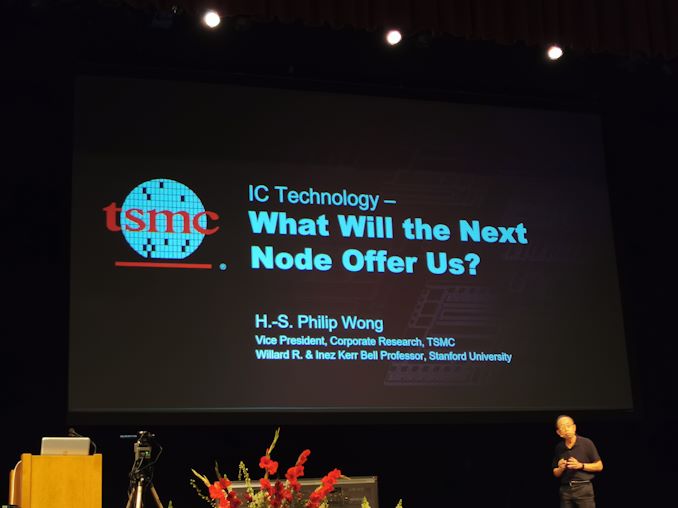
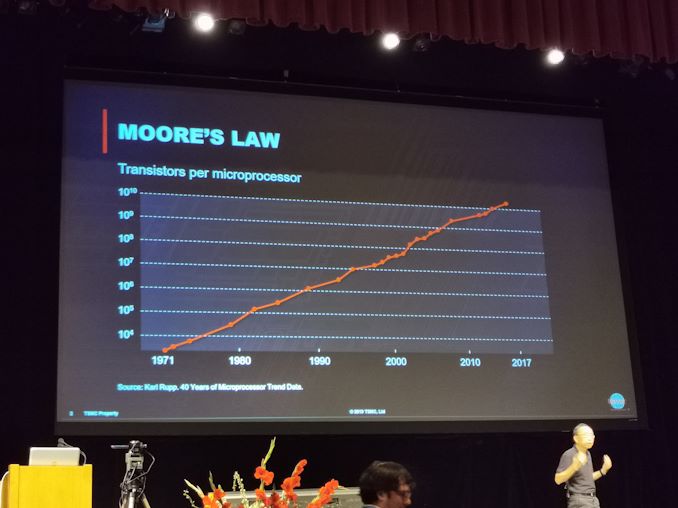
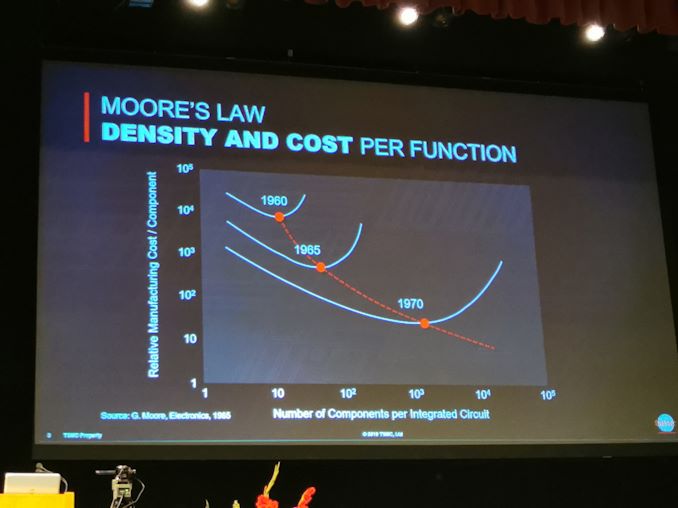
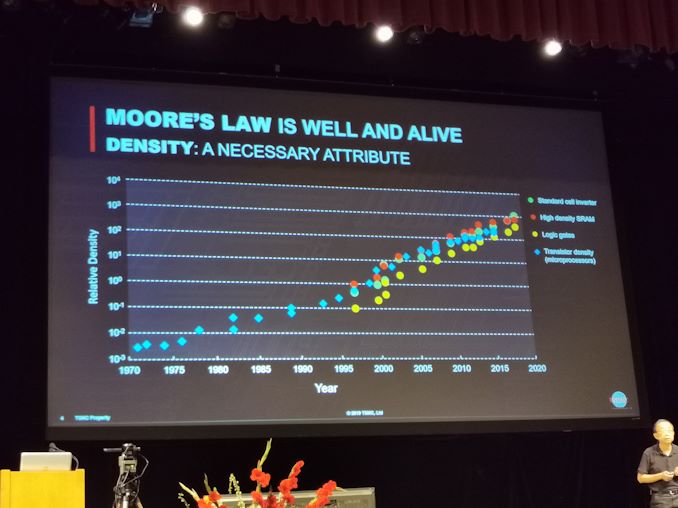
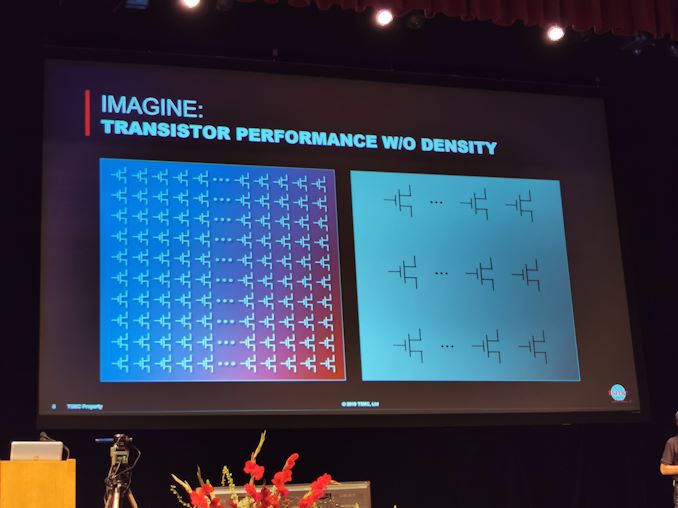
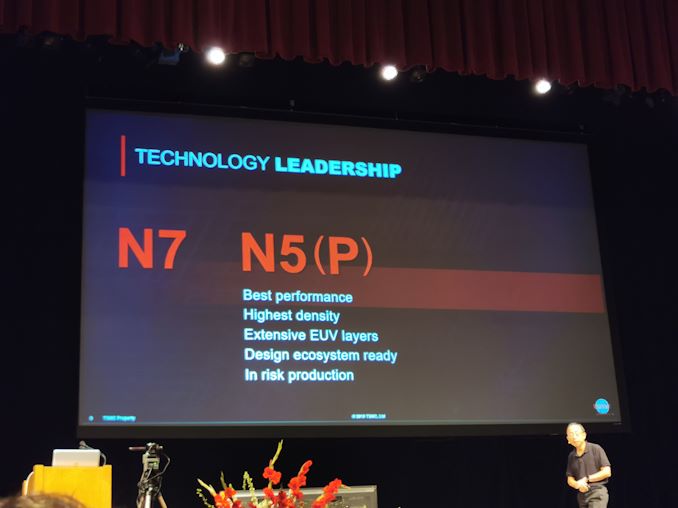
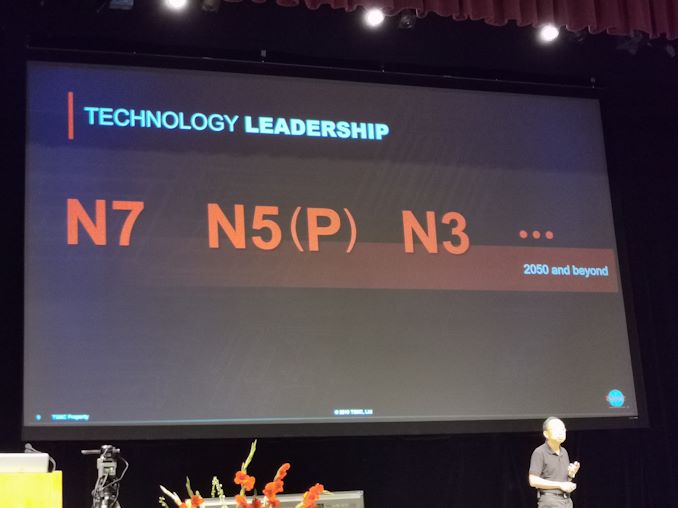
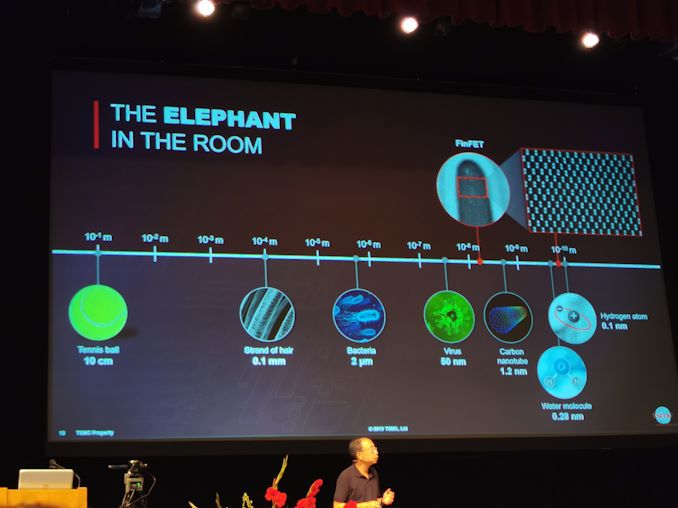


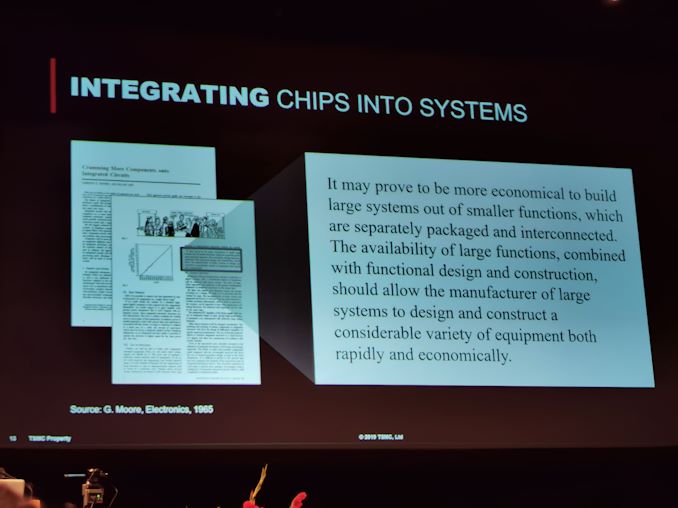
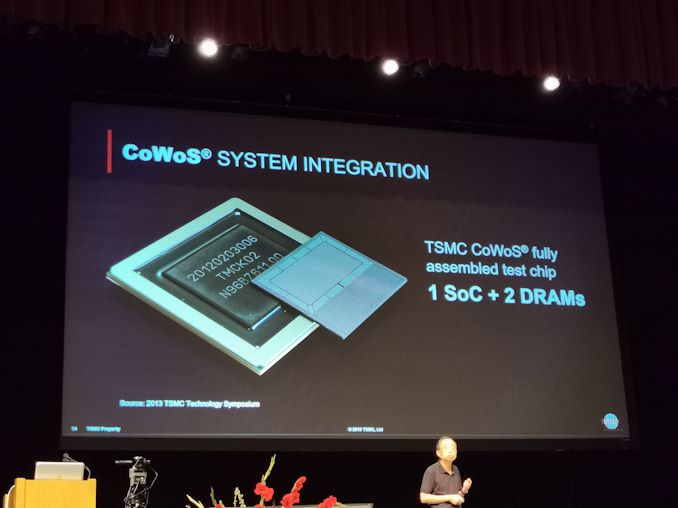
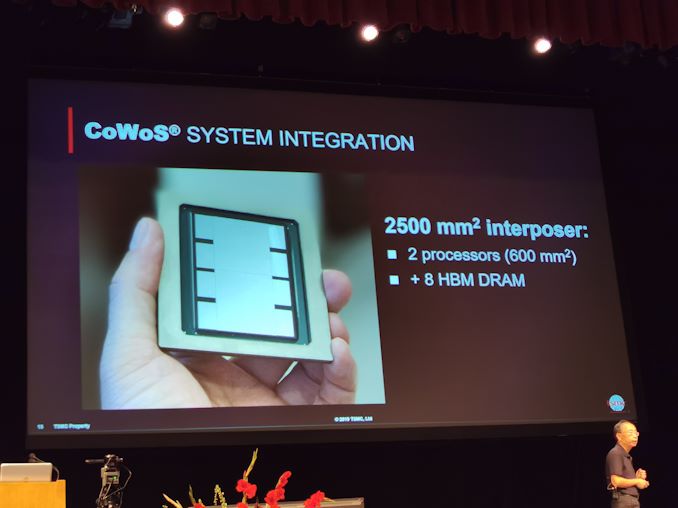
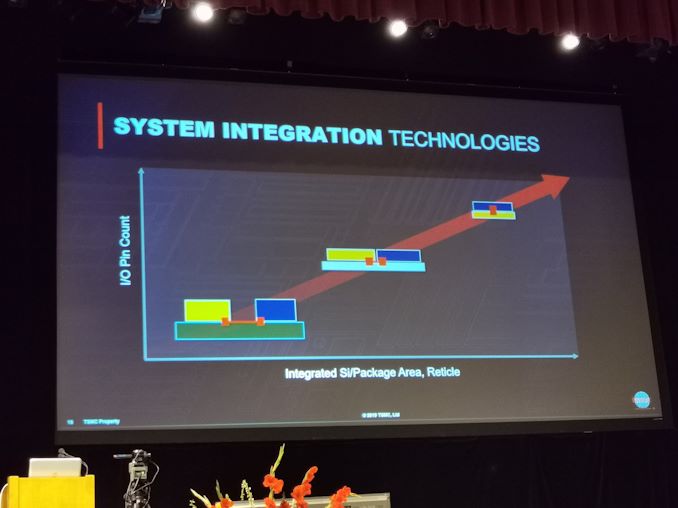
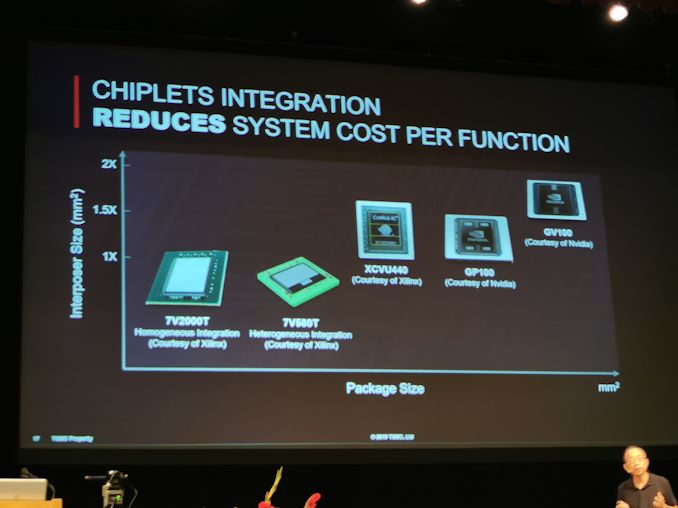
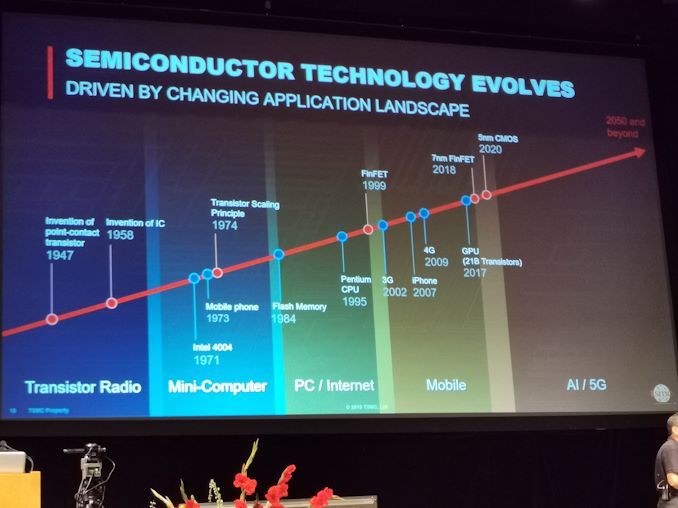
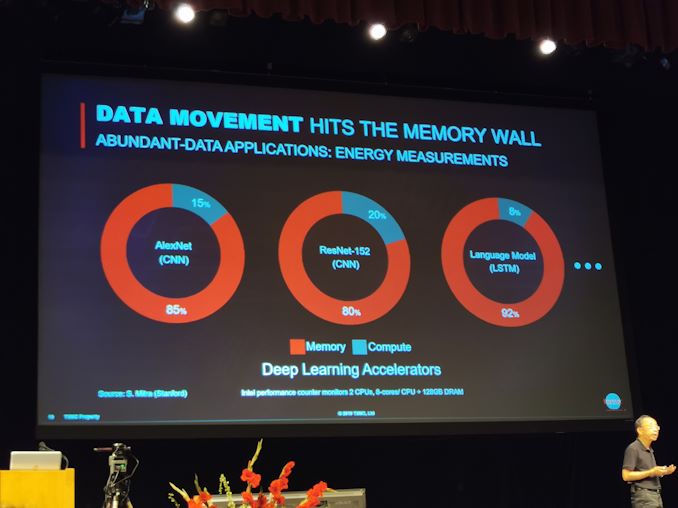
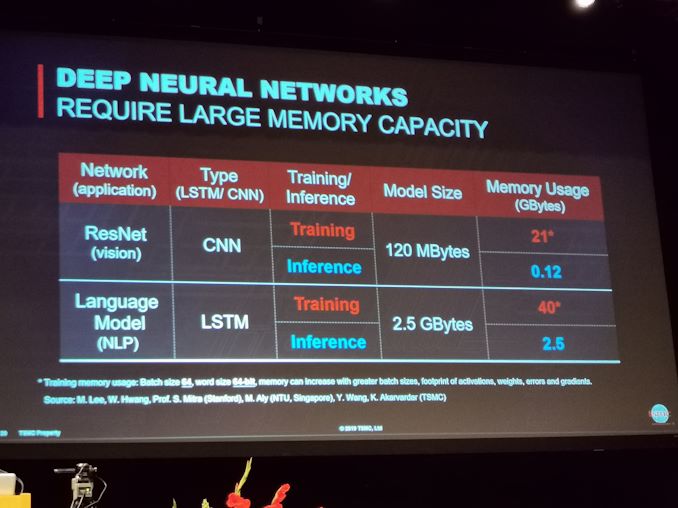

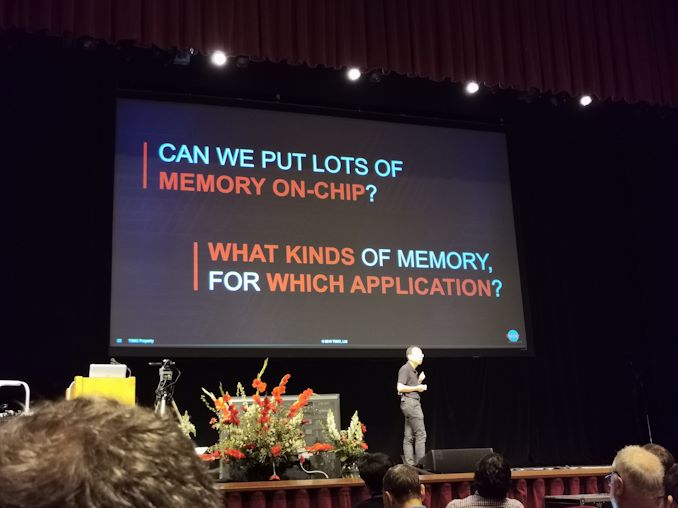
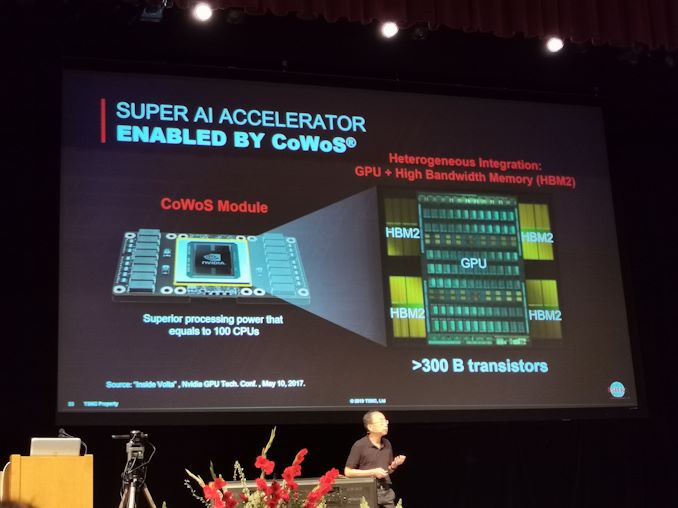
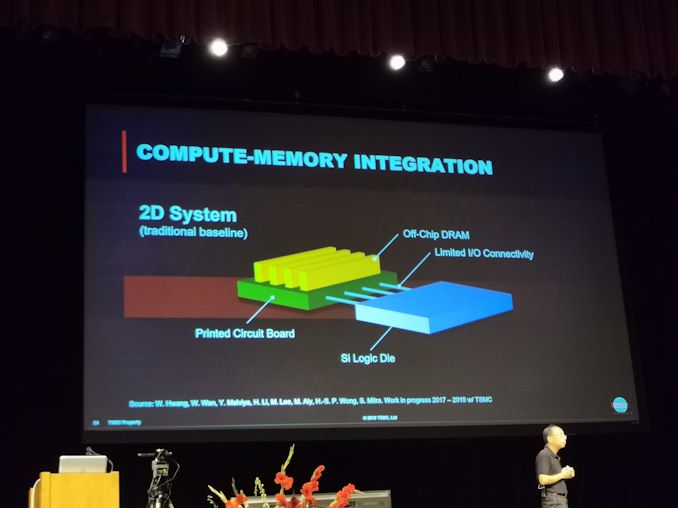
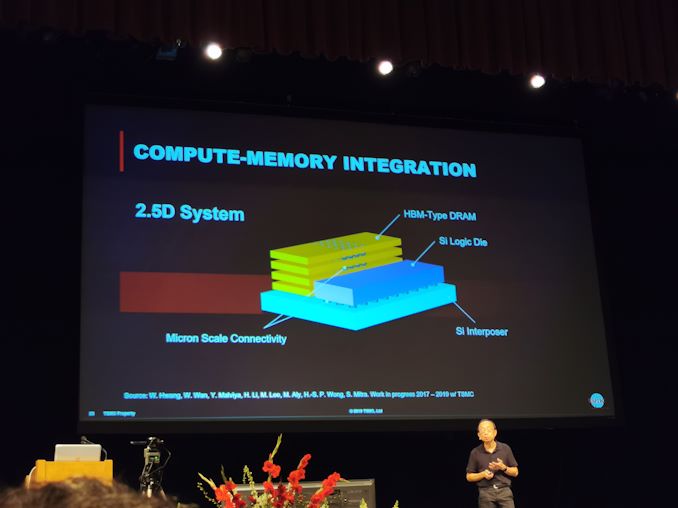
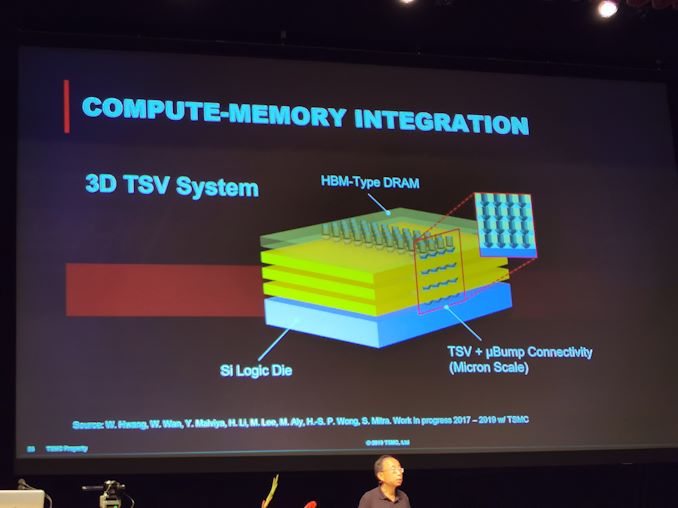
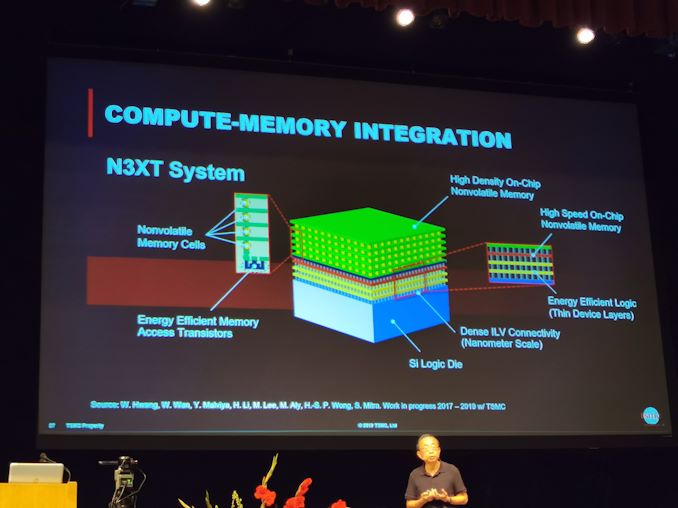
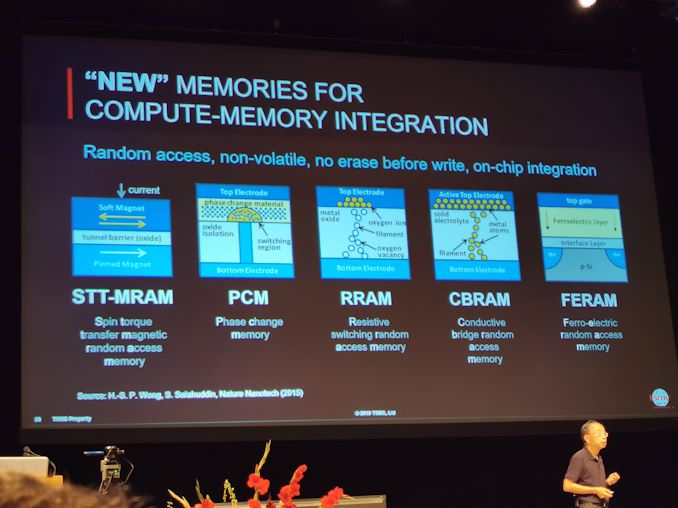
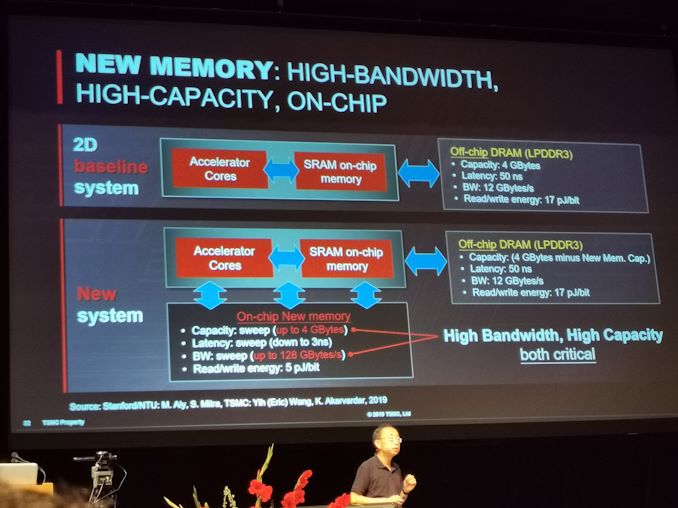
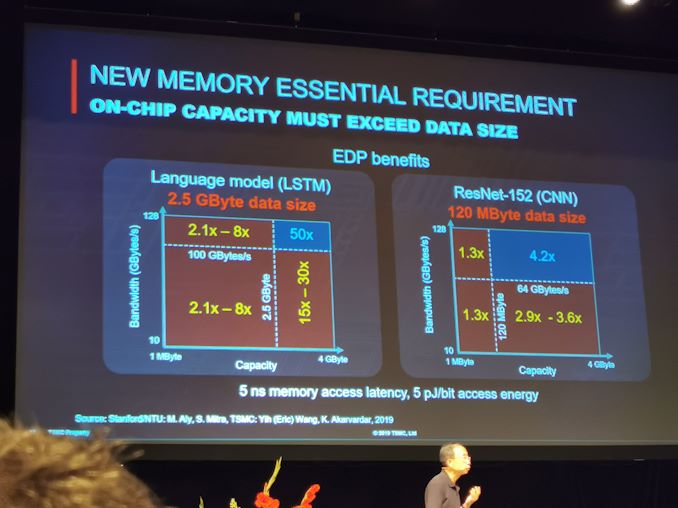
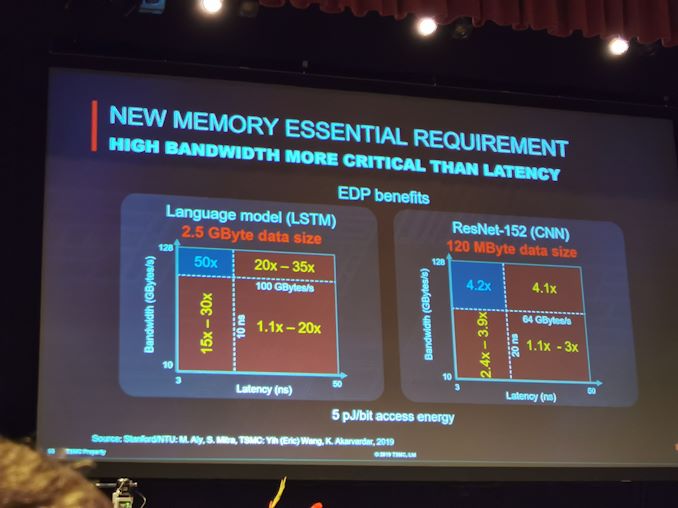
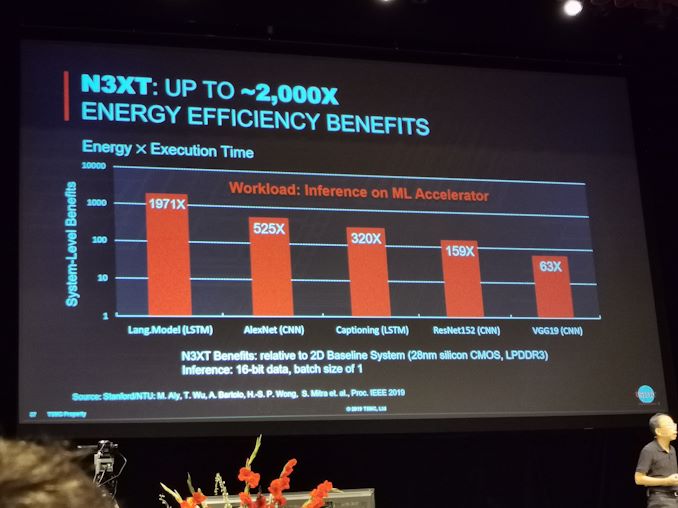
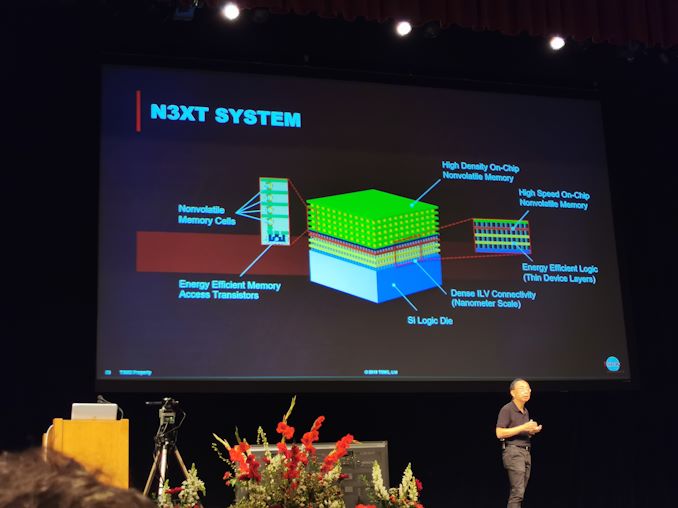
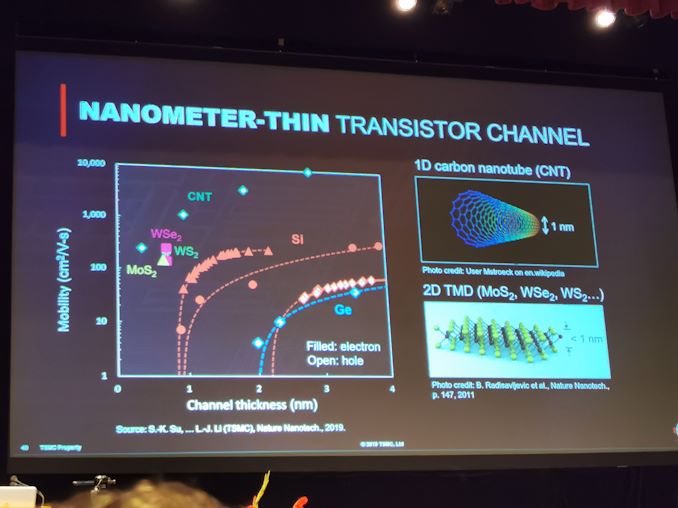
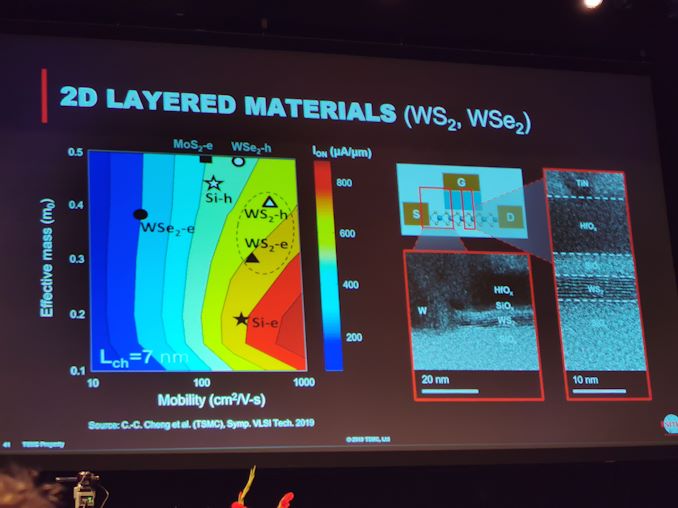
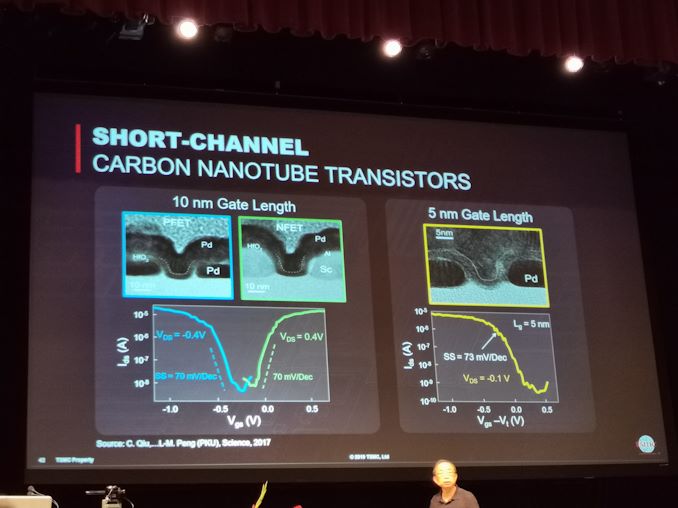
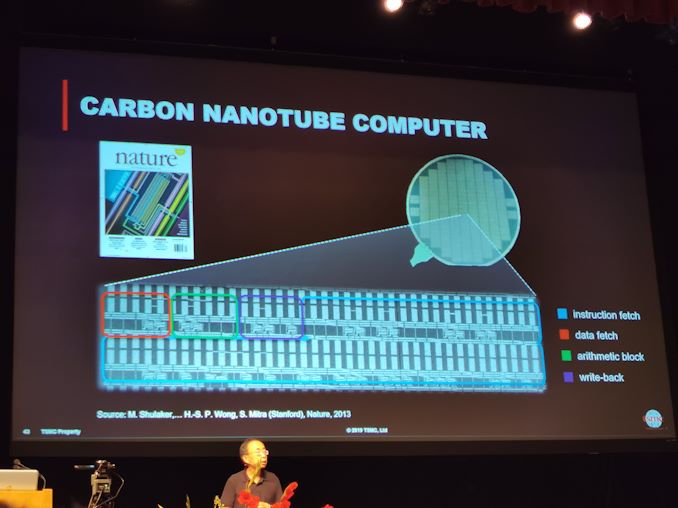
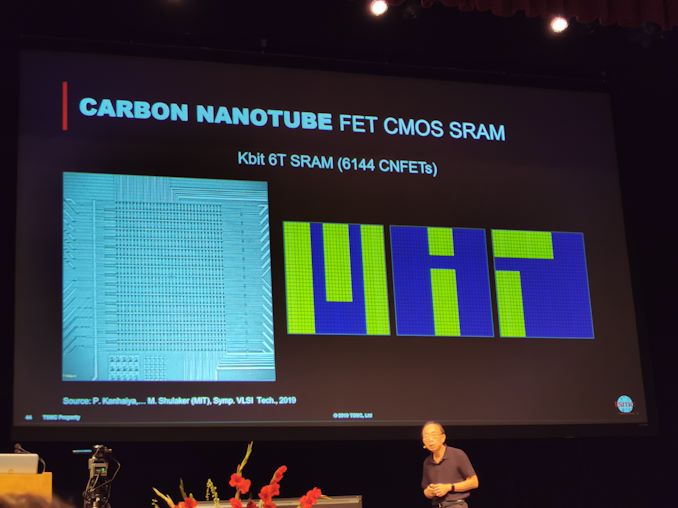

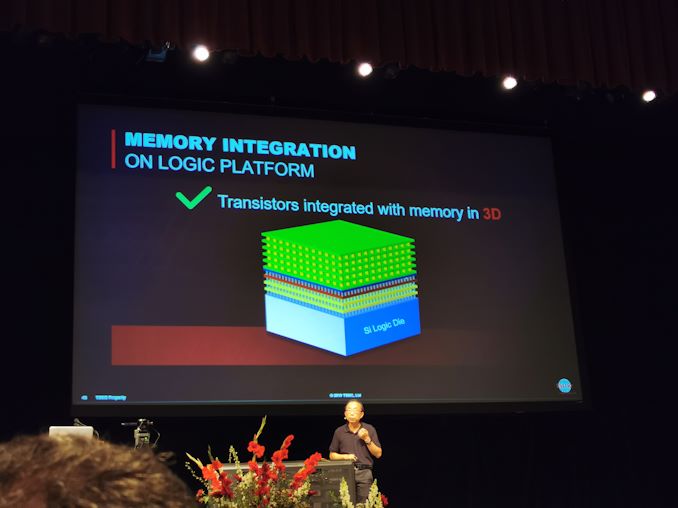
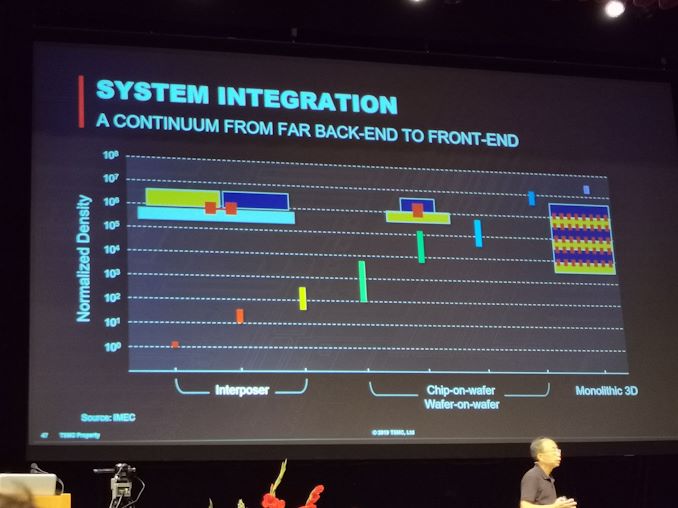
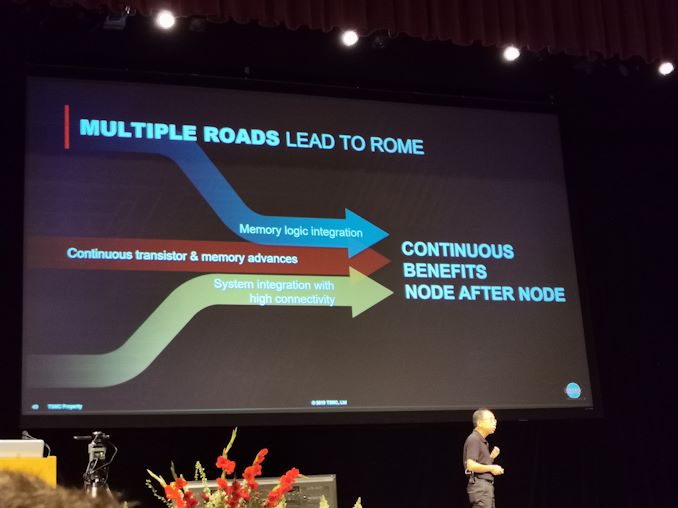








11 Comments
View All Comments
blogvile - Wednesday, February 12, 2020 - link
Nice Blog. Thanks dear for sharing this interesting information with us and put your thoughts in this blog. https://www.pattachitta.com and https://www.blogvile.com/